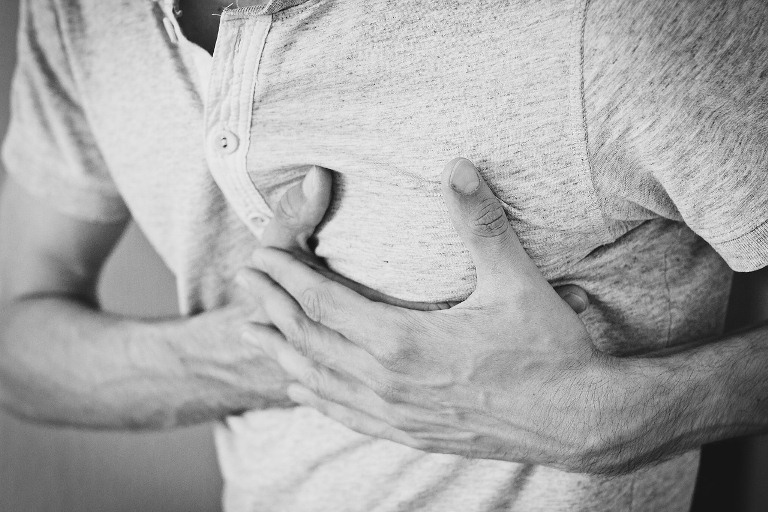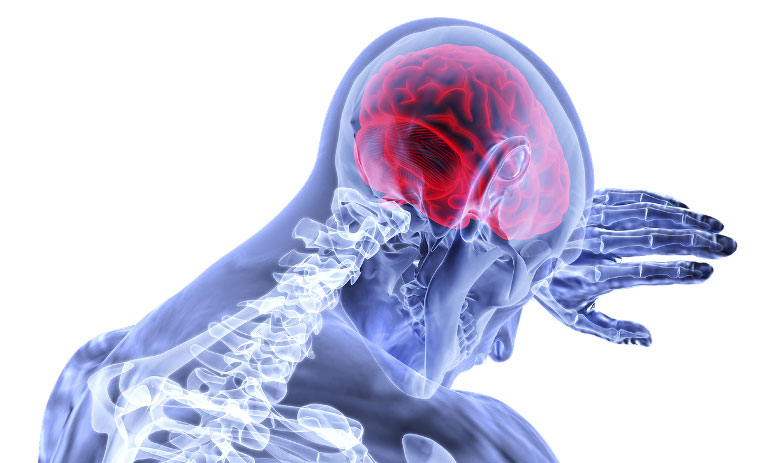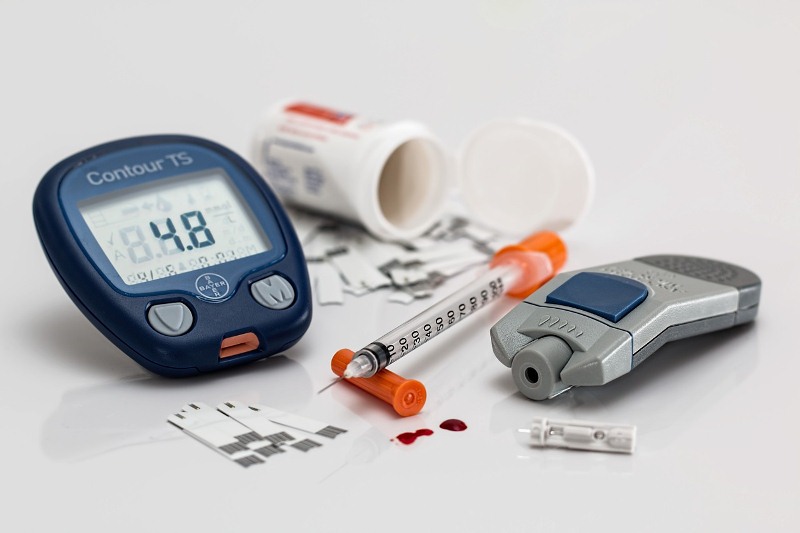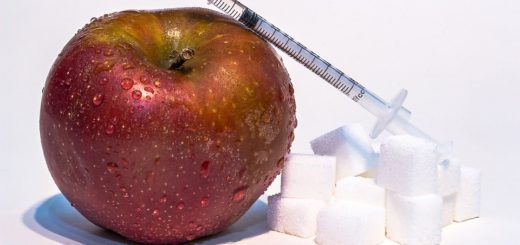What are the common indicators of diabetics, heart attack and stroke?
Every dreadful disease gives some symptoms, which can be seen as indicators. If we are able to detect them earlier, early treatment is possible. In most cases when such symptoms go undetected it makes conditions change severe. What’s the solution? Awareness, nothing else! As early we detect the disease, it makes it easy to treat too. Diabetics, heart attack and stroke – all these are deadly diseases enough to take away a precious life. Through this column I shall give you a list of symptoms which point to certain diseases, mostly related to lifestyle.
Heart attack – Be careful
Heart ache once in a while, gasping while doing manual efforts or heavy exercises, difficult to breathe even while doing simple things with little effort, gasping while walking and high heart beat – they could be the symptoms of arteriosclerosis (block of blood vessels). When plaque (blockage due to the deposit of fat) occurs, the body shows similar symptoms. It can lead to heart block or heart attack. So if such symptoms exist, consult a doctor immediately. ECG and Echo can be done to detect heart diseases. Doctor may suggest you to bring some changes to your life style, food and exercises.

Heart diseases are hereditary and smoking can make conditions turn severe. Such people have to quit smoking completely. If there are hereditary chances for heart diseases, you need to start preparations early itself and bring control to cholesterol and sugar as a sort of prevention.
Heart attack – The person may feel pain in the middle portion of the chest, and slowly the pain spreads to left side of the chest, and a feel that some weighted object is placed in the chest. When he exercises, pain may gradually increase and when he stops it, pain may decrease. All these conditions are the indicators of heart attack. If a person neglects these symptoms, it can lead to heart attack and even death.
The pain may last for 30 seconds or up to 2 seconds only. As time passes by the disease may gradually turn severe, and the pain lasts long. When the person takes rest, pain also disappears. This pain – known as Angina is the first stage of heart attack. The pain may be accompanied by excess sweating, dizziness, tiredness and low pressure. The intensity of pain is not linked with the severity of the disease. In some cases, a small pain can take the life of a person. Both neglectance and delaying treatment can cause death, and they together form more than half of death rates. Only around 35% patients manage to reach hospital at time and get treated too.
If heart attack happens – If you feel chest pain, never walk. Instead lay somewhere and take rest. Never drive to reach hospital. Instead seek the help of others. Some ambulances are available with coronary care. Mouth-to-mouth breathe and chest compressor (to restart functioning of heart) are given as early treatments. If heart attack happens, the first step is to remove block in the blood vessels. When blocks are dissolved giving medicines, patient’s life can be saved.
Through angiogram it’s possible to know the extent of blocks. If 70% of coronary vessels are blocked, angioplasty is done. At risk conditions like blocks in three coronary vessels at the same time can lead to bypass surgery. If doctor has suggested to do the surgery never delay it, and you need to follow doctor’s instructions after the process too.
How can we protect heart? – If you are doubtful about the symptoms, conduct tests as early as possible. Obesity, blood pressure and sugar should be kept at optimum level. You can follow simple exercises like brisk walking and take medicines too. Medicines are also instructed to prevent blocks of blood vessels, and the patient should not skip those. Always keep an eye on LDL cholesterol which causes serious damage to heart and related organs. To improve the level of HDL you can use fish oil and olive oil. For a healthy heart, olive oil or rice bran oil or a combination of olive oil and sunflower oil can be adopted in food style. Reduce the consumption of coconut oil, and completely avoid Vanaspati, butter and animal fat.
Stroke – Never make treatment late
Stroke happens when blood vessels leading to brain are blocked suddenly. When blood circulation seizes, brain cells get deprived of oxygen and food spontaneously and cells get destroyed, affecting a lot of body activities. These are the common symptoms of stroke – Tiredness of a particular portion of the body, paralysis of one side of the body, fits and change of shape of face, loss of eye sight partially or wholly, difficult to talk and communicate, loss of body balance and hence difficult to walk etc. The patient may feel severe headache before the stroke, and it’s the symptom of cerebral hemorrhage just before the stroke.

Emergency medical help is needed for the above symptoms, because brain cells start dying soon after stroke. The patient should be rushed to the hospital, and the treatment is to be made available within the first four hours of the stroke. Then only the intensity of stroke can be reduced. Certain medicines can dissolve blocks and clots of brain vessels and hence if the patient gets those medicines, the intensity of stroke can be very much reduced and the patient can be easily treated too. Symptoms related to stroke can stay for long and if any body part is paralyzed, it may take months or years to restore. Changes for stroke are less in persons below 20 years, very rare between 20 and 40, and high at age 40+.
Never neglect these indicators of stroke – If symptoms of stroke are detected earlier, treatment is also possible. Spontaneously the person may feel that one side of his body is frozen or paralyzed, and he can’t move those body parts. He may feel blackout and the person may faint as well. Certain body parts may feel frozen and the previous condition is restored very soon. Dizziness occasionally is also a symptom.
The person will be okay within a few moments during the initial stages. Blood vessels leading to brain may contract in size and blood circulation may be blocked for a few minutes. That’s why it happens so, and it happens in most of the patients a few months before the actual stroke. If so, he should consult a neurologist and he may suggest you to do scanning and MRI to detect blocks if any. If suitable precautions are taken stroke can be avoided.
How to resist stroke? Though we can’t predict when a stroke can happen, certain risk factors can be identified earlier. If precautions are taken, stroke can be avoided. Common risk factors include high blood pressure, high cholesterol, heart related ailments, life with stress, obesity, lack of exercises, diabetics, frequent headaches etc. If you are able to keep these risk factors under control, chances of stroke are low. Reduce excess pounds, blood pressure as well as stress and tension, and make yoga, meditation and breathing exercises a part of your life.
Diabetics – It’s possible to know its symptoms
When sugar level of blood increases significantly it leads to diabetics. When body fails to produce sufficient insulin it gives diabetics in return. Insulin is the same factor which converts sugar to energy, and excess glucose is stored as well. Tiredness, body weight loss, excess thirst and hunger, frequent urination which includes at least 3-4 times during sleep time, more time to heal wounds – All these indicators point to the first stage of diabetics. But in most cases (almost 80%), such symptoms are not shown during the early stage of the disease. It may even take 5 to 10 years to show the symptoms of diabetics, though it already exists. The disease starts affecting body organs only after that. When a person visits doctor for other conditions like dim vision, he may get to know about the disease. By that time, the conditions would have well past first stage of the disease.

It’s possible to know these symptoms – Body weight loss and the person may become slim, excess thirst and urination are the common symptoms, and the person can consult a doctor to know if it is diabetics. When the condition turns severe, the patient may feel frozen limbs, loss of eye power, gasping while walking, swelling of legs etc. When the condition turns severe, it damages the kidney and reduces memory power too. Presence of urea in urine and diabetic coma are other major after effects.
If diabetic condition is detected in the early stage, it’s possible to control it. Type-2 diabetics is common in most people, and diabetics at the age of 25+ is mostly categorized under this. Type-1 is seen in children and gestation diabetics is seen during pregnancy period. 90-120 sugar level while fasting is normal, and below 90 is also not good. Yet reading up to 70 is OK. Within 2 hours of food intake, sugar level should be between 110 and 160. HbA1C Test can detect both type-2 diabetics and pre-diabetics. If reading goes above 6.5, it indicates that the person has diabetics. If the reading falls between 5.7 and 6.4, it’s pre-diabetics.
Image source: Pixabay














Recent Comments